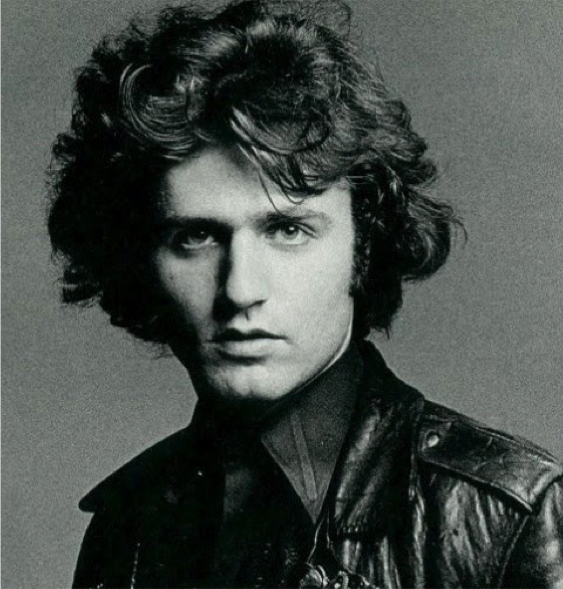Gerard Malanga (born March 20th, 1943) may be the first name to come to mind when discussing Andy Warhol’s numerous assistants, and for good reason. It would be nearly impossible to overstate how crucial a role he played in the development and execution of Warhol’s work during his 7-year tenure from 1963-1970—arguably what many consider Warhol’s creative peak. Malanga’s contributions were not just technical but intellectual as well, as he germinated some of the ideas that would blossom into major Warhol signatures spanning the range of visual art, music, and especially, film. Citing Malanga’s dedication, The New York Times deemed him “Warhol’s Most Important Associate” in an article from 1992.
Gerard Malanga was born in the Bronx, New York, the son of Italian immigrants. He graduated from the illustrious School of Industrial Art (now the High School of Art and Design) where he studied graphic and advertising design. However, his real passion was poetry, something he honed under the tutelage of poet and English teacher, Daisy Alden. He would continue to refine his poetry while a student at the University of Cincinnati. Unfortunately, he would have to drop out, citing lack of funds. This setback would prove to be an eventual blessing, bringing Malanga into contact with poet-filmmaker couple, Willard Maas and Marie Menken, who aided him on his poetry journey and secured his enrollment in Wagner College. This was in 1961 and within two years, Malanga would be working for Warhol. The partnership happened as a result of their mutual friendship with renowned poet and photographer, Charles Henri Ford.
Malanga immediately began helping Warhol with his newly adapted screen printing process, something with which Malanga had previous experience. Their first creations were silver-covered canvases of the actress Elizabeth Taylor, Warhol’s Silver Liz diptychs. Malanga also danced alongside the Velvet Underground (he would be responsible for bringing future collaborator, Nico, to the Factory) as part of the Exploding Plastic Inevitable, a multimedia art show promoted by Warhol.
Malanga had a major impact on Warhol’s film output. He assisted Warhol on all “screen test” films (the first of which starred Malanga himself), and was prominently featured in titles such as Batman Dracula, Vinyl, and Camp. Additionally, he was one of the camera operators for Warhol’s Empire. Gerard Malanga is also responsible for introducing Warhol to collaborator and frequent co-director, Paul Morrisey, who Malanga invited to Warhol’s showing of Vinyl in June of 1965.
Malanga continues to attract praise for his decades-long photography work, capturing era-defining poets and musicians, and publishing several collections over the years. Likewise, he regularly publishes his acclaimed poetry, releasing his latest volume in 2019.


